HTC U12+ vs. LG G7 ThinQ: Which should you buy?
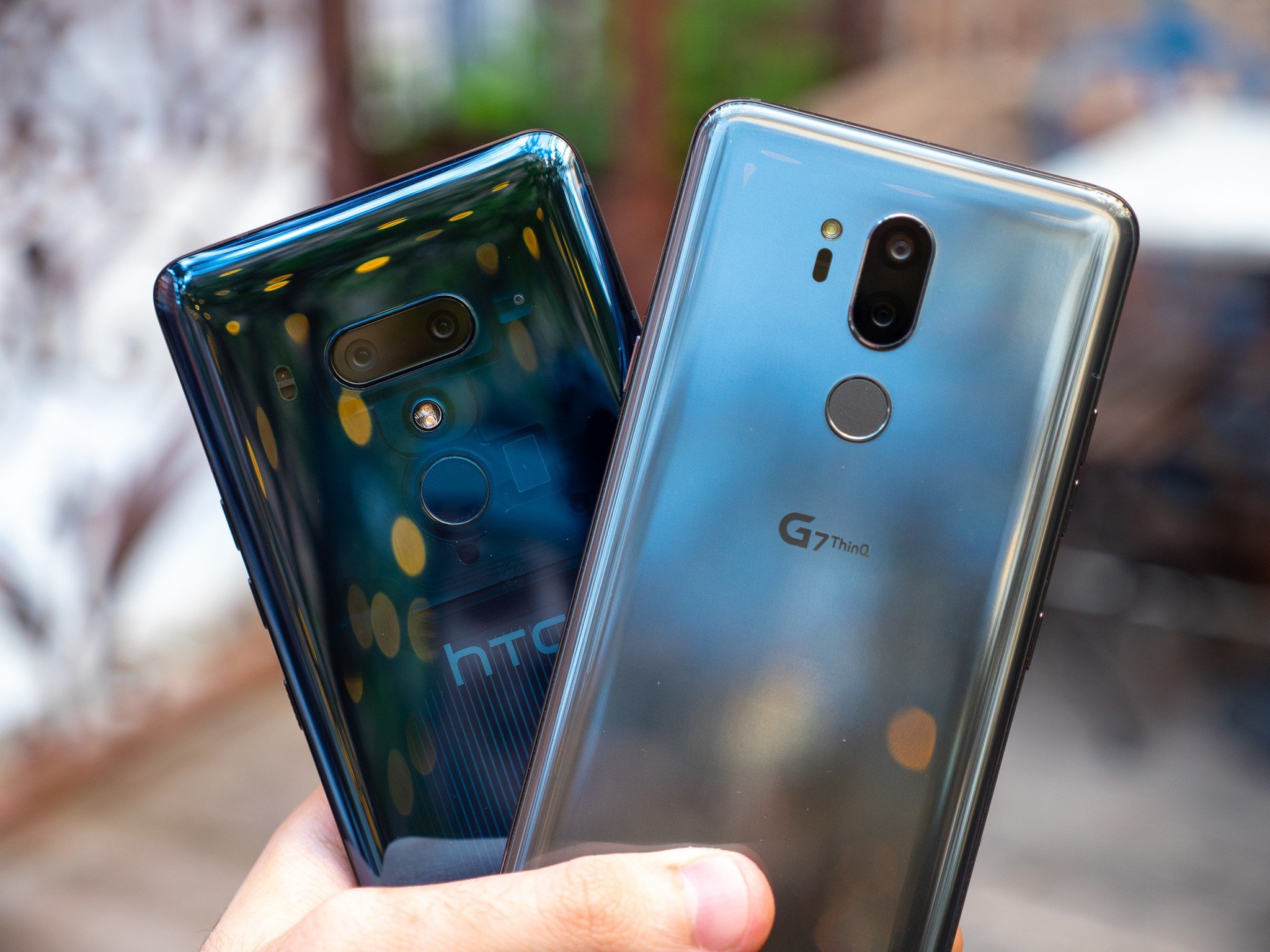
There are all kinds of great flagship phones to choose from these days, and while the average consumer might only see Samsung and Apple in stores, those aren't your only options. HTC and LG have been making sleek and shiny phones for years, and their latest phones are no exceptions.
With the G7 ThinQ now available for purchase and the U12+ following soon, which phone is best for you?
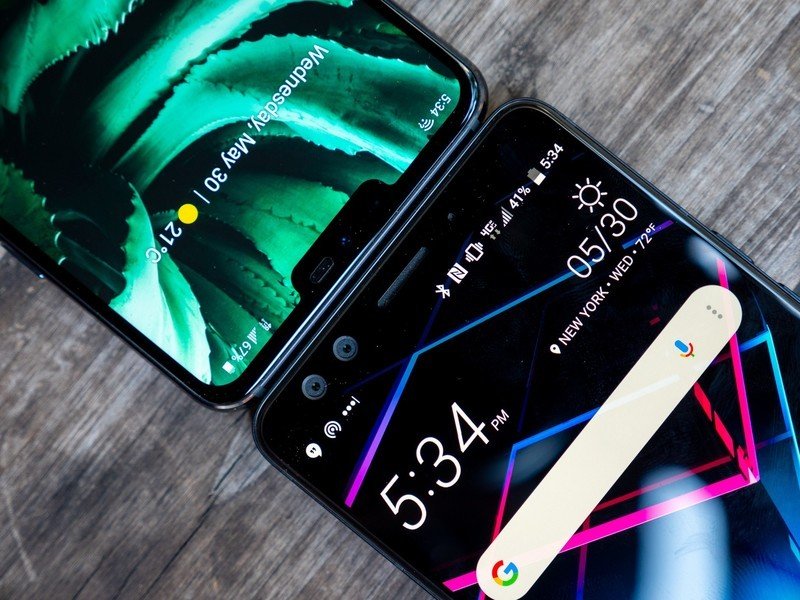
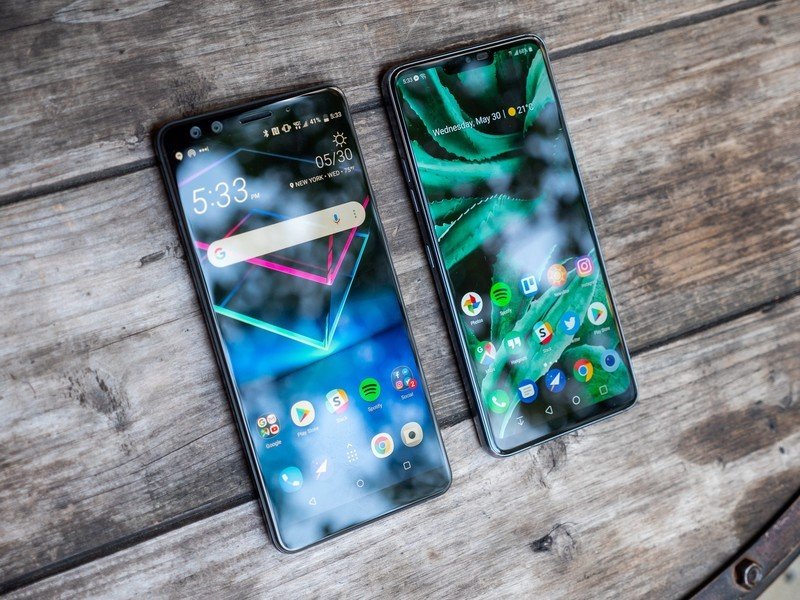
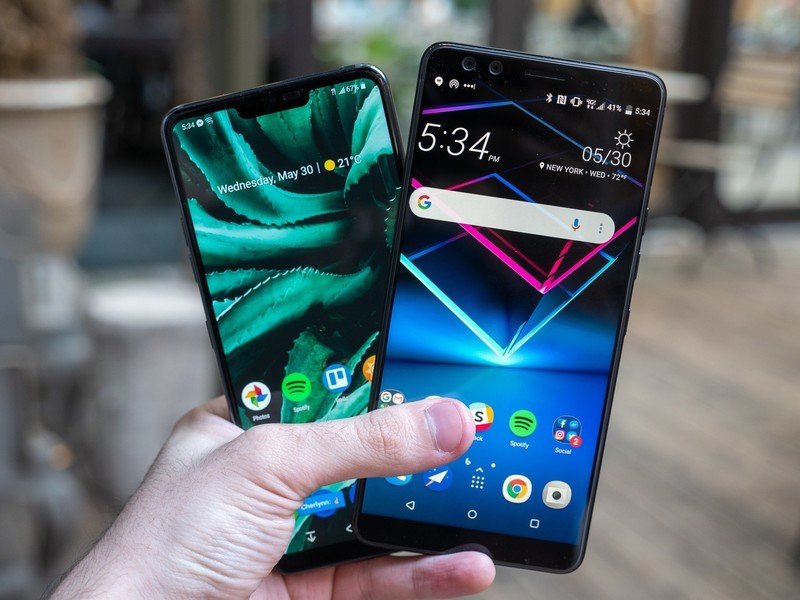
Specifications
The U12+ and G7 ThinQ are pretty evenly matched when it comes to their internals; both feature a Snapdragon 845 processor, up to 6GB of RAM, and great hardware features like microSD expansion and IP68 ingress. But from physical dimensions to camera specs and battery capacity, they're not completely identical.
| Category | HTC U12+ | LG G7 ThinQ |
|---|---|---|
| Operating System | Android 8.0 Oreo | Android 8.0 Oreo |
| Display | 6-inch 18:9 Super LCD 6 2880 x 1440, 537PPI | 6.1-inch 19.5:9 IPS LCD 3120 x 1440, 564PPI |
| Chipset | Octa-core Qualcomm Snapdragon 845, four 2.8GHz Kyro 385 Gold cores, four 1.7GHz Kyro 385 Silver cores | Octa-core Qualcomm Snapdragon 845, four 2.8GHz Kyro 385 Gold cores, four 1.7GHz Kyro 385 Silver cores |
| GPU | Adreno 630 | Adreno 630 |
| RAM | 6GB | 4GB/6GB |
| Storage | 64GB/128GB | 64GB/128GB |
| Expandable | Yes (microSD slot) | Yes (microSD slot) |
| Battery | 3500mAh | 3000mAh |
| Water resistance | IP68 | IP68 |
| Rear Camera | 12MP f/1.8 + 16MP f/2.6, PDAF + laser autofocus, 4K at 60fps | 16MP f/1.6 + 16MP f/1.9, PDAF + laser autofocus, 4K at 30fps |
| Front Camera | 8MP f/2.0 (x2), 1080p video | 8MP f/1.9, 1080p video |
| Connectivity | WiFi ac, Bluetooth 5.0, NFC, GPS, GLONASS, USB-C | WiFi ac, Bluetooth 5.0, NFC, GPS, GLONASS, USB-C |
| Security | Fingerprint sensor (back), face unlock | Fingerprint sensor (back) |
| SIM | Nano SIM | Nano SIM |
| Dimensions | 156.6x 73.9 x 8.7mm | 153.2 x 71.9 x 7.9mm |
| Weight | 188g | 162g |
What the HTC U12+ does better
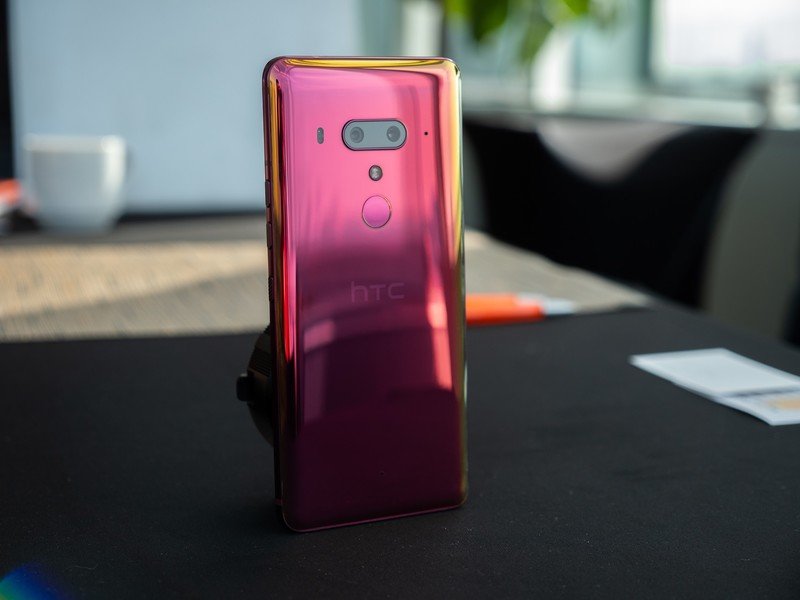
HTC may not be doing as well as LG in terms of sales, but the U12+ is no slouch. Built with HTC's Liquid Surface design, the U12+ is rounded and comfortable to hold. The finishes are absolutely gorgeous, from the ceramic black and flame red to the flashier translucent blue, and it brings on HTC's most modern look yet. The fingerprint sensor sits easy to access around back beneath the dual cameras, and the 6-inch 18:9 display helps fill most of the face of the phone.
That's all pretty standard fare for a 2018 flagship, though. The most unique hardware feature of the U12+ is its Digital Buttons, which actually aren't buttons at all. With a bit of pressure, the protrusions vibrate back at you without actually clicking. There's also HTC's Edge Sense 2, which detects when you squeeze or tap the sides of the phone to activate shortcuts. You can configure them to do whatever you want, from launching certain apps to toggling the flashlight or pulling down the notification shade. Edge Sense 2 also detects when you're holding the U12+ in portrait mode and prevents the screen from rotating or timing out in your hand.
When it comes to software, HTC has taken a conservative approach to its Sense interface in recent years, with minimal bloatware or customizations. The U12+'s software interface is close to stock Android, though HTC adds optimizations for features like BoomSound, where you can switch between music and theater modes depending on what kind of content you're viewing.
As far as cameras go, the U12+ features a wide-angle primary camera (though not quite as wide as the G7's) and a secondary 2x zoom lens. Both cameras feature both OIS and EIS, which aids in shooting smooth 4K video — you can do that at up to 60fps. You can also shoot in slow motion, up to 240fps in 1080p. We haven't finished our review of the U12+ just yet, and we're still testing the quality of the cameras (so far, so good), but it received a DxOMark score of 103. Not too bad.
Get the latest news from Android Central, your trusted companion in the world of Android
What the LG G7 ThinQ does better
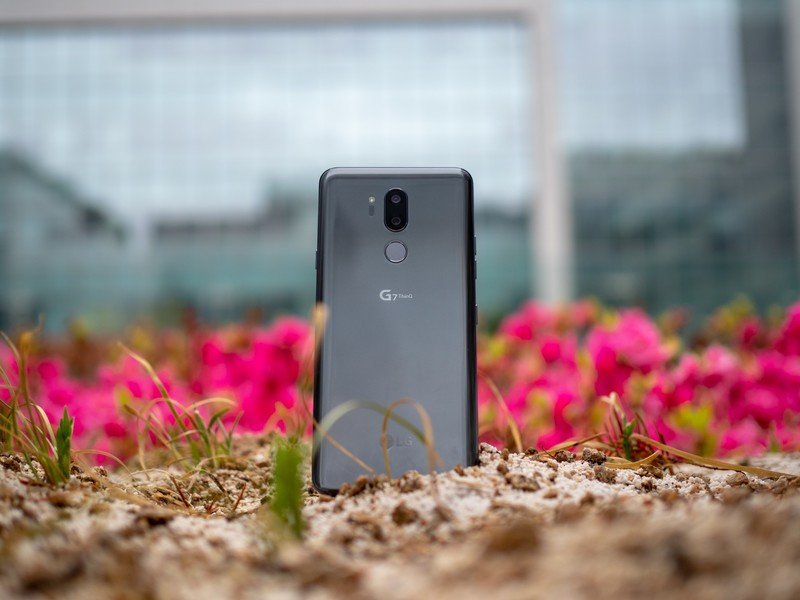
You may not love the G7 ThinQ's name, but it's a pretty killer phone. Just like the U12+, the G7 features a rounded back, rear-mounted fingerprint sensor, and dual cameras, but instead of pressure-sensitive sides, the G7 has an additional hardware button. Resting a bit below the volume buttons, the extra button is a quick shortcut to the Google Assistant — no Bixby anywhere to be found. The display is also a bit bigger, with a 6.1-inch display, but you'll have to live with a notch at the top. Sorry.
The G7 may not have HTC's BoomSound stereo speakers, but LG made use of the phone's metal enclosure to form a resonance chamber and amplify the single speaker. LG calls it Boombox, and it's loud enough to fill a room when placed on a flat surface like a table. Speaking of audio, the G7 still features a 3.5mm headphone jack, unlike the U12+, and even better, it features LG's Quad DAC from the V30. This means the G7 can deliver better wired audio than just about any other phone on the market, no USB-C hassle required.
The G7 ThinQ also has a great pair of cameras around back. The standard 16MP sensor takes great photos with a wide ƒ/1.6 aperture and OIS, and the ultra wide-angle secondary lens, while not stabilized, allows for more creative shots than most phones, capturing more of the room in your photos with having to back up. The camera software is also easy to use with excellent manual controls, and the phone's subtle haptics click away at you while you're adjusting your settings.
LG's biggest advantage over HTC this year? Availability. Unlike the U12+, which can only be ordered directly through HTC or Amazon, the G7 ThinQ is available through most U.S. carriers, with the exception of AT&T. It's also a bit cheaper at $750, versus the U12+'s heftier $800 price tag. With wider availability and a lower price, the G7 is much more likely to reach consumers' hands and pockets.
Which is right for you?
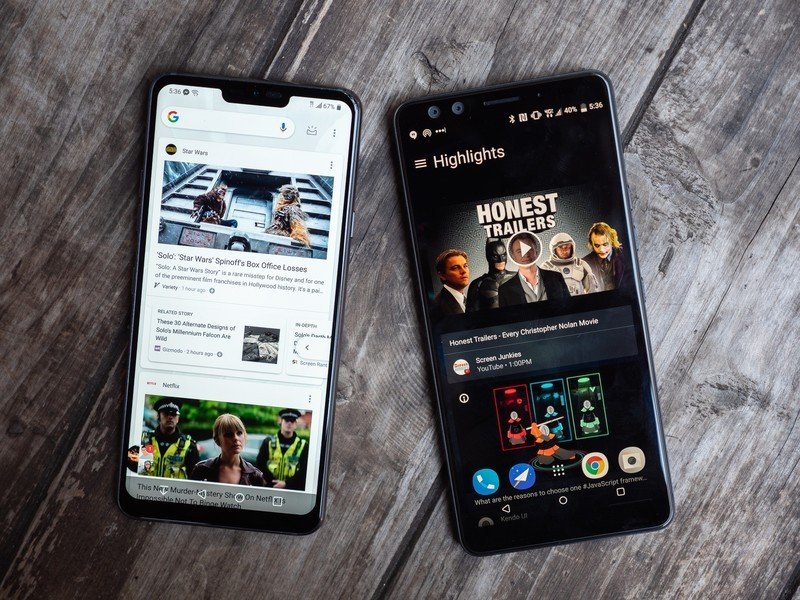
Both phones are great choices, and you really can't go wrong with either option, but one may be better than the other depending on your priorities. If you prefer wired audio to loudspeakers, or wide angle photography over zoomed shots, the G7 may be right for you. On the other hand, HTC is putting a lot of focus on its Edge Sense technology, and if that rings a bell with you — or if you just can't live with a notched display — maybe you should aim for the U12+.
Which phone would you pick? And do you plan on actually buying one? Let us know in the comments below!

Hayato was a product reviewer and video editor for Android Central.
